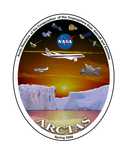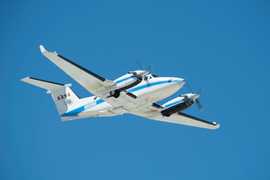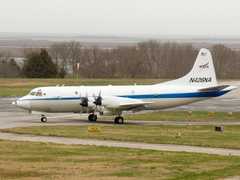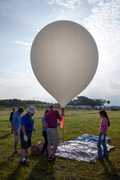
Arctic Research of the Composition of the Troposphere from Aircraft and Satellites
Atmospheric Composition, Climate Variability & Change
- 3
- view all deployment datesDeployments
2008-06-26 2008-07-14 2008-03-31 2008-04-21 2008-06-18 2008-06-24 - 6
- Platforms
- 27
- Data Products
The Campaign
Arctic Research of the Composition of the Troposphere from Aircraft and Satellites (ARCTAS) was a NASA campaign focused on factors influencing changes in Arctic climate, atmospheric composition, and radiative properties, including mid-latitude pollution, boreal forest fires, aerosol radiative forcing, and chemical processes. ARCTAS carried out three deployments over Alaska, Western Canada, and California during the boreal spring and summer of 2008. Airborne observations were collected on various chemical constituents and aerosol properties. ARCTAS was supported by NASA’s Tropospheric Chemistry and Radiation Science programs.
ARCTAS_2008, MISR ARCTAS
N: 85°N
S: 32°N
W: 168°W
E: 35°W
Additional Notes

Permanent Land Site

Beechcraft B-200 King Air

P-3 Orion

Douglas DC-8

Balloon Launch Site

Field Site
Events
Filter data products from this campaign by specific platforms, instruments, or formats.
